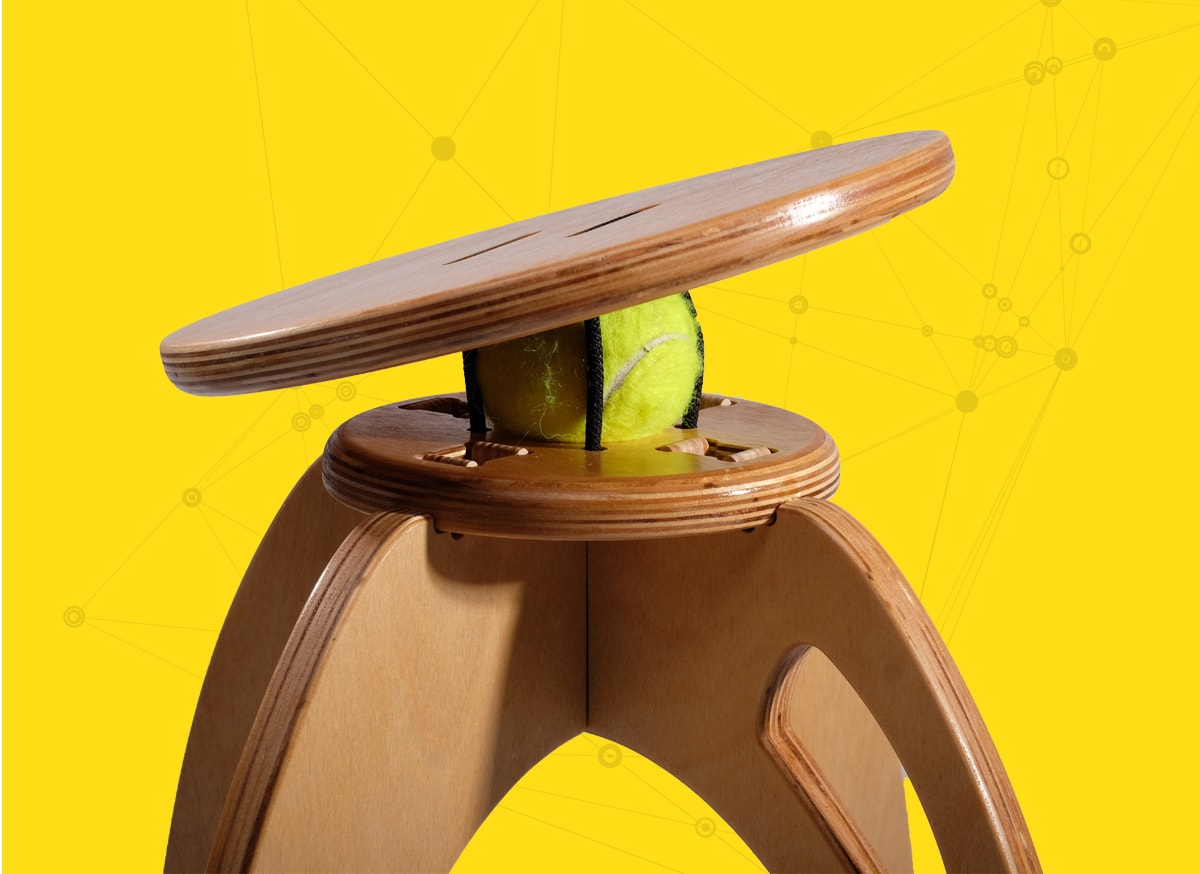Image Source: The Telegraph
Recently, news emerged about a troubling finding: young people growing a “head horn.” Was this the physical manifestation of too much hand-held screen time? Are our bodies changing, evolving, based on our daily activities? Well, maybe the “head-horn” was bunk, but our bodies being shaped by our environments and evolving based on our activities… that is not.
In this two-part post, Dr. Osler looks at how the environment and our changing activities impacts our bodies, and our health.
Head Horns? (Pt. 1)
Picked from obscurity by a BBC story entitled “How modern life is transforming the human skeleton”, a paper little noticed when it was published in 2018 blew up in both mainstream and social media recently. On its face, the study was unremarkable: The authors examined 1,200 x-rays culled from one of the authors’ chiropractic practice and noticed enlargement of external occipital protuberance (the bump on the back of the skull) was more common in males (an expected finding) and in younger patients (an unexpected finding). Ordinarily such an observation would sink into the annals of science with scarcely a ripple, but because this skeletal change was attributed by the authors to “screen-based activities” and the abnormality itself was dubbed a “head horn” by the lead author in interviews, a media frenzy ensued.
Results were variously hailed as obviously true and thus an indictment of our current built environment as well as “total nonsense” (Hawks).
Later it emerged that the paper’s lead author, an Australian chiropractor, was also the developer of the “Thoracic Pillow”, a conflict of interest not originally disclosed. The details of the controversy need not concern us here; the real question is why this paper was of such great interest. And why now?
Perhaps it’s simply because the findings feel true. We live in a world unimagined by even our grandparents, and we know our environment shapes us in ways subtle and profound. The suggestion that our built environment is changing our very skeletal structure seems to bring these facts into clear focus, and allow a moment of reflection: Just what are we doing to ourselves? And to our children?
Responding to Threats & Opportunities
Although this seems like a new threat, in fact humans have always been evolving. Indeed, it is this very process that has made us such a successful species. When we humans determine to do something, evolution provides us with the bodies necessary to succeed. When required evolution can produce changes surprisingly quickly. For example, human migration from Africa to the higher latitudes of Europe was abrupt. In response to the colder temperatures we humans created clothing which unfortunately blocked sunlight from most skin areas, making synthesis of vitamin D problematic.
Luckily, within 100 generations (about 2,500 years) evolution created a white skinned population that could more efficiently admit sunlight necessary for synthesizing vitamin D. Thus, in just a couple of thousand years humans were much better suited to their new home.
Evolution doesn’t just respond rapidly to threats; it can also respond rapidly to opportunities.
When humans domesticated dairy cattle about 9,000 years ago only children could drink milk, because the enzyme required to digest milk (lactase) was switched off when children became adults. The ability to drink milk was a clear advantage, however, so when a mutation appeared in an adult that left lactase switched on life-long this mutation rapidly spread through the population.
When evolution is too slow
While evolution has allowed our bodies to adapt to threats and opportunities over thousands of years, we are faring less well in response to more recent threats. And occasionally, threats appear in our built environment so suddenly that evolution cannot protect us.
-Dr. Turner Osler
In part 2, Dr. Osler will look at how more modern threats have changed our bodies.





Leave a comment
All comments are moderated before being published.
This site is protected by reCAPTCHA and the Google Privacy Policy and Terms of Service apply.